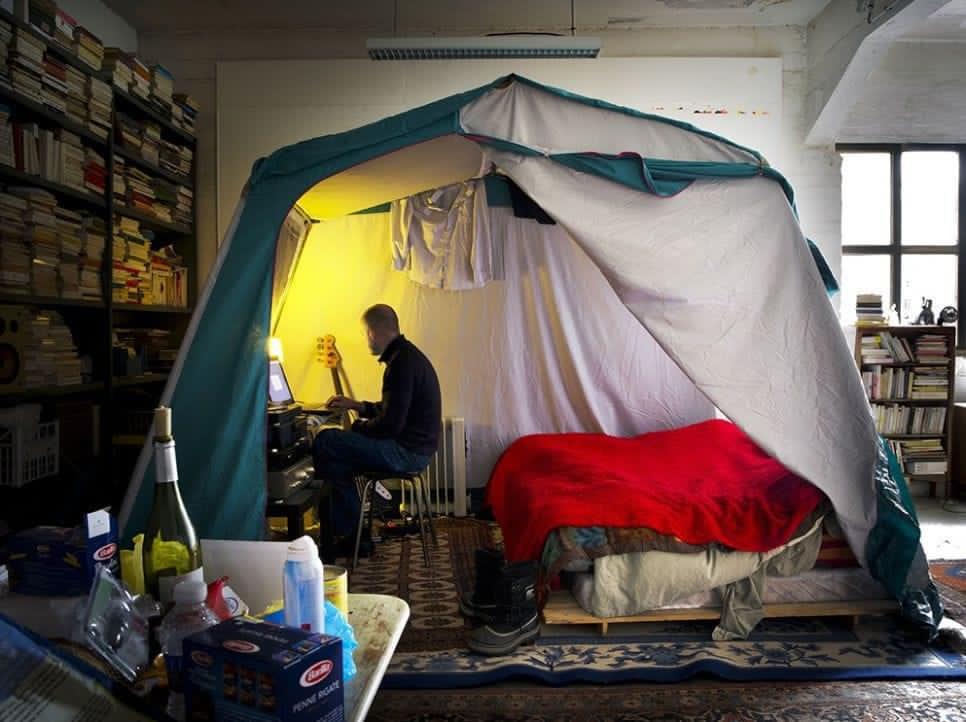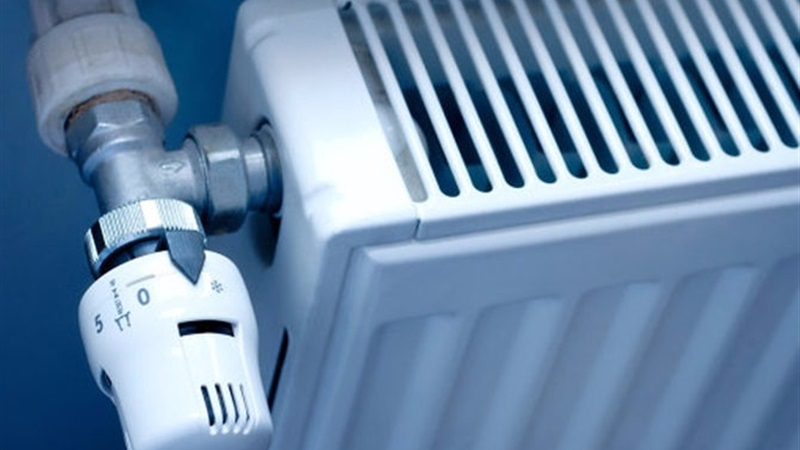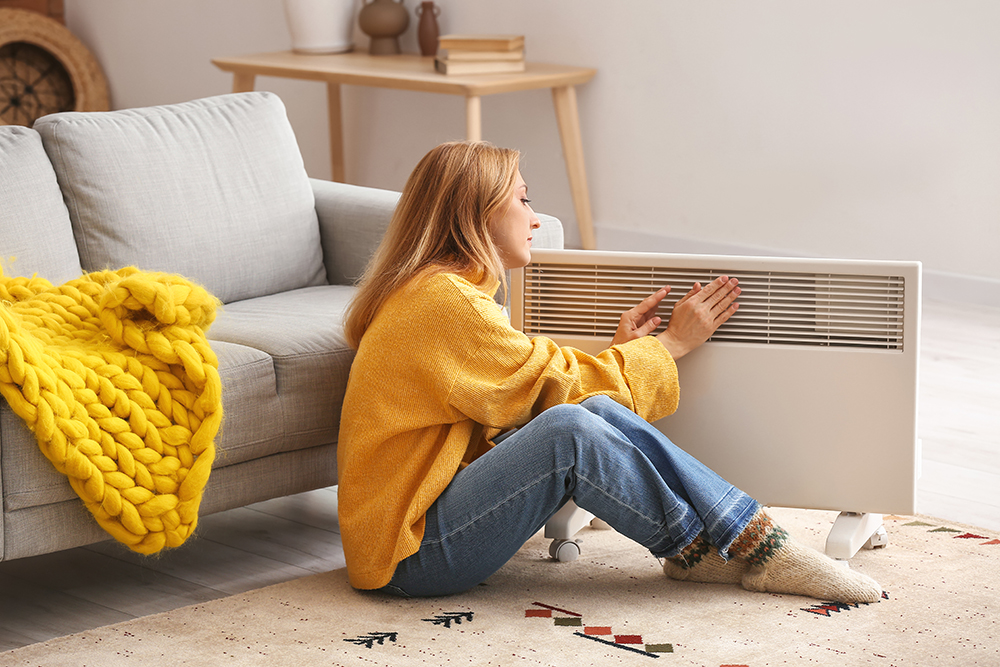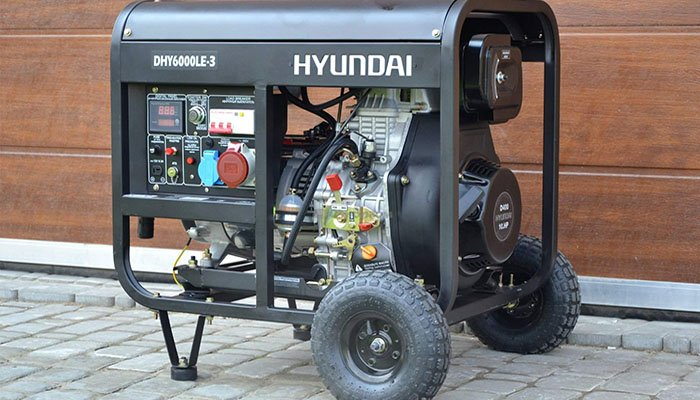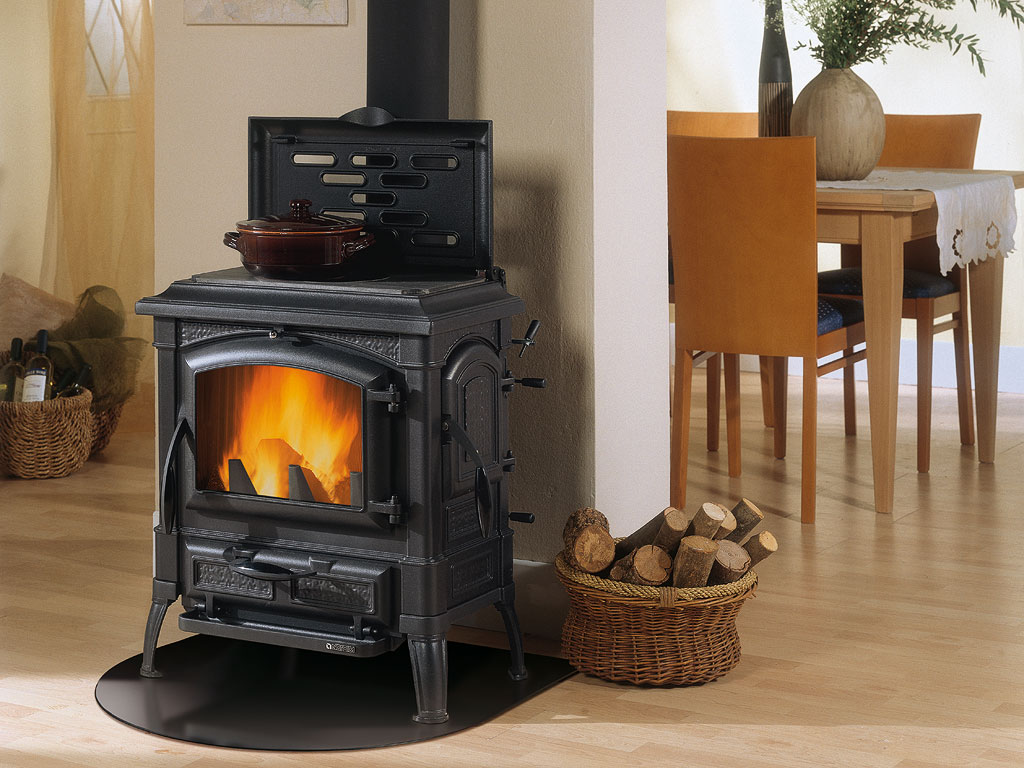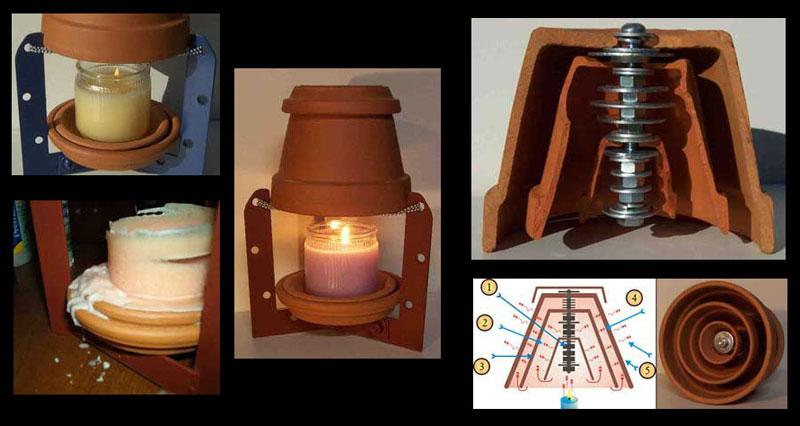
What is the problem?
The heating season will be difficult
Preparation for winter begins in summer. Moreover, no one can guarantee 100% heat in our homes except ourselves during the war. Every Ukrainian should think about how to keep warm when it gets cold and start preparing for the heating season now.
Ukrainian Prime Minister Shmyhal has stated that today Ukraine is almost 60% ready for the new heating season. These averaged figures don't apply to the heating of the occupied territories and those settlements near which the front line passes. For example, there will be no centralized heating in Sloviansk of the Donetsk region this year. The management companies have started preserving the heating system. Kramatorsk's mayor warned that residents who risk staying in the city in winter wouldn't have heating, gas, or water supply. Unfortunately, a russian missile can also arrive at the thermal power plant in any peaceful Ukrainian city at any time.
What is the solution?
Prepare in summer
Of course, one can hope that the authorities will not let Ukrainians freeze and come up with something. But it is better to play it safe and prepare alternative heat sources. Rubryka has collected solutions that will help not to freeze in high-rise buildings in winter.
How does it work?
Let's start with insulation
First, you should insulate the windows and doors. If your windows are old and you have a financial opportunity, replace them with modern double-glazed windows. Check if there are cracks under the window sill. If there are any, fill them with insulation. You can also fill window cracks in old windows with silicone sealants or rubberized sealants. Even if there are no cracks, up to 14% of heat is lost through the window glass, so you can stick an energy-saving film on the glass using a hair dryer. It is transparent and transmits light. Bubble wrap will be even more effective. It will take more light and not look very aesthetically pleasing on the windows, but it effectively reduces heat loss. To insulate windows:
- Take the bubble wrap and cut it to the size of the glass.
- Stick the film to the window using a soapy solution: shampoo, dishwashing liquid, etc. The tool must be diluted, poured into a spray bottle, and applied to the glass.
- The film is glued with the bubble side to the window.
Check that the door fits snugly against the door frame. Install interior thresholds if there are none. It is advisable to prepare carpets for the floor for the winter. The wall carpets will also come in handy if you still have them. It will be much warmer with mats.
However, it is better to insulate the walls from the outside because condensation may appear under the insulation due to the temperature difference, and condensation in the apartment is a potential source of mold spread. But if it is impossible to carry out work from the outside, warming up from the inside is much better than doing nothing. On the last floor, it is also essential to insulate the ceiling.
Prepare several additional blankets and warm clothes like puffy jackets and pants, thermal clothing, hats, gloves, and socks. You can also buy sleeping bags in advance.
Will it work?
Only the following measures may be enough if the central heating is insufficient. In case of its complete absence, you will have to consider alternatives.
How not depend on central heating? Individual heating
Currently, it's a legal option only for the entire apartment building. So you will have to solve the problem together with the neighbors. It's necessary to hold a meeting of co-owners of an apartment building, where you decide to disconnect from the central heating system with 75 percent of the votes. Then the commission in the local self-government bodies will consider the application and provide a conclusion as to whether it's technically possible. After that, a project to install an individual system is developed.
However, it may not be easy to call a meeting of residents because of how many people have moved away, and there is no access to apartments. Also, installing a modular boiler room requires substantial funds, and residents risk not being able to assemble them. There are also time-related difficulties in separating the house from central heating. Approving documents takes more than one month to go through the procedure.
How to warm up? Electric heaters and plastic bottles
The Rozetka retail network reports that the demand for heaters this July is 20 times higher than in July 2021. People are buying electric heaters, convectors, and fan heaters, preparing for winter. Also, for heating your home during mild frosts, you can use the air conditioner in the heating mode if you have one.
You should heat only one room with electrical appliances. It should have tightly closed windows and doors. Heating the entire house would, of course, be more efficient than one room. However, you should consider that the power grid may not be able to withstand the load that will appear if more than one heater is turned on in each apartment.
Therefore, we advise you to pay attention to electric sheets or blankets. Such heaters consume very little electricity, but at the same time, they can quickly heat the bed for you and your children. And if you put an electric sheet on the chair, you can work all day in warmth and comfort (of course, if you work from home). Some models can be battery operated and even have convenient fasteners so that the blanket can be draped over the shoulders like a mantle and walked around the house. However, now you can heat anything—slippers, socks, jackets, quilted vests, pillows. All this can work for several hours from a power bank; the higher its capacity, the longer it will work.
WARNING! Electric heating pads cannot be left unattended like any other electrical appliance. It is also dangerous to sleep on them. It would be best if you used it to warm up before bed and turn it off.
You can warm up an icy bed or warm your feet while sitting at a desk using a method well known to students who live in dormitories. Ordinary plastic bottles are filled with hot water and used instead of a heating pad.
WARNING! If the water temperature is close to boiling, then when filling the bottle, the bottle will begin to deform. The water temperature should be 60-70 degrees. Experience shows that you can even sit on slightly flattened bottles not filled with hot water, tightly closed, or carry 1-2 hot water bottles in your backpack to "warm" your back.
How to live without electricity? Diesel or gasoline generators and travel equipment
What if the power grid shuts downs? Is it possible to install a gasoline generator somewhere to supply electricity to the apartment? Although problematic, it is possible. It is crucial to install it in a separate room that is well-ventilated because the engine emits toxic carbon monoxide while working.
Options:
- on the roof (but make sure there is some rain/snow cover over the generator);
- on a common balcony (if there are any in the building);
- on the balcony of your apartment (it is better not to do it without an urgent need).
- It is better not to install a generator on a glazed terrace.
It would be best if you also took care of the fuel supply. A small device with a power of up to 3 kW will consume about 1 liter of fuel per hour. A more powerful electric generator that will allow you to survive a blackout almost without restrictions requires 1.75 l.
Some dual-fuel models can run on gasoline, LPG, or natural gas, but they are much more expensive.
Disadvantages of using generators in high-rise buildings:
- noise,
- the need for an outdoor location,
- a barrel with gasoline on the balcony.
In addition, residents of apartments with electric stoves should not forget to purchase derivatives of gas burners or mini-stoves that work from gas cylinders to cook something during the blackout. One cylinder is usually enough for two hours of continuous burning. Hexamine fuel, also known colloquially as "dry alcohol," traditionally used by tourists, will also come in handy. Of course, you won't cook borshch for a large family on it, but you can at least boil water for tea or instant vermicelli.
Make sure that there are mobile chargers on solar batteries at home. Some models work only from the sun or with a battery that can store energy. They are designed for charging smartphones, laptops, and power banks. If the kit includes batteries, then you can use it to power a lamp, night light, light bulb, and charge low-power devices. There are also models with a built-in flashlight.
Stock up on batteries, flashlights, candles, and matches in case of electricity issues. Also, there will be no water pumping if there is no electricity. Just in case, you should stock up on water bottles and make sure they are full.
How to heat the house? Heating stoves, potbelly stoves, and firewood
Potbelly stoves in an apartment are an extreme option, but this year in the occupied territories, they saved many from the cold in the spring. Among the advantages of the gas stove are an affordable price and relatively affordable fuel. In 10-15 minutes, it will heat a small room, evenly distributing heat over it.
There are simple potbelly stoves, suitable for open air, of average quality, mainly handicrafts. Their production is now actively mastered in garages, and they will cost less. New models of gas stoves provide a convenient hob on which you can prepare simple dishes or heat water. The disadvantage of the furnace is that it consumes a lot of fuel and doesn't keep warm for a long time. But, it will come in handy for use in extreme conditions.
The main conditions when using a potbelly stove:
- it must have a chimney outlet to the outside,
- distance from walls and surfaces should be 1-1.5 m,
- you should install it on a metal sheet.
What to "feed" a potbelly stove? If we talk about firewood, ideally, it is winter firewood (wood logged in winter) and firewood that has been dried for two years. But we are not living in an ideal reality now. So you can use anything that burns. You can use firewood, coal, peat, furniture, and russian books for heating with a stove. But in no case do not throw plastic, wrappers, or packages into the stove or oven.
If there is an opportunity, you should stock up on firewood; to get firewood "on the fly," you should add an ax and a saw to your home toolkit.
Pay attention to coal. It has a specific heat of combustion and keeps the temperature for a long time. The cons: coal is not environmentally friendly and is also difficult to ignite, so it should be considered only as additional fuel.
It is best to use only the fuel indicated in the technical specifications for the gas stove. Cast iron can often be heated with coal; long-burning steel cannot because the coal will burn the pot's walls.
A few more "firewood secrets":
- Raw firewood produces a lot of smoke and, accordingly, soot.
- Almost all tree species are suitable, but aspen, willow, maple, chestnut, and poplar "burn like paper." They will go much more than firewood of species such as oak or acacia.
- Many say that a hornbeam is a good option for firewood, but it is a hardwood species; it will be challenging to cut it.
- Birch firewood is inferior only to oak firewood in terms of heat released.
- Pine gives a lot of resin and smoke. On the plus side, it smells nice, offers a lot of heat at once, and is suitable for kindling. By the way, scraps from constructions, ceilings, and old window frames are often made of pine and treated with solutions. But if there is no other option, they will do.
Important! The producer must include a fire extinguisher and a carbon monoxide detector with the stove.
A non-trivial solution. How to warm up with a candle?
Californian inventor Doyle Doss and his company DOSS Products offer the original Kandle Heeter system, i.e., "Candle Heater." This strange-looking candlestick, its author claims, can be indispensable during a power outage. Its height is about 23 cm, and its width is about 18 cm. You can easily make it at home.
A candle warmer is a regular candle plus a clay pot over it. The main feature of the system is hidden in this pot. It is made of three flower pots of different diameters, nested inside the other and connected by a long metal bolt, on which a series of washers and nuts are strung (good thing, the pot bottoms usually have holes). Such a homemade heater warms the surrounding space nicely and can raise the air temperature in the room by 2-3 degrees. Being next to it is much more comfortable and warmer in the cold season. In addition, it looks like a decorative element and is relatively fireproof.
Even more helpful solutions!
Here are a few tips that you can do right now to prepare for winter:
- Search for friends and acquaintances, and cooperate with them. Unite! Together, you will solve all these issues faster, and in general, it will be easier to endure difficult times if they come.
- Please get to know your neighbors and exchange contact info so that you can quickly respond to accidents and other issues that will arise during the heating season; determine in which apartments no one lives now and try to find the contacts of their owners.
- Find out about the winter preparation stage of your house. It is easier to do if there is a co-op or a manager chosen by residents and more difficult if there is a housing maintenance office. But you need to find this information. It is necessary to understand as early as possible the condition of the heating and electrical networks of the house so that if the situation is terrible, it can be repaired in time.
- Find out if any equipment is installed (individual heat point, weather controllers, etc.) and check that everything is set up and working as it should.
- Insulate the pipes of the heating network in the basement in the attic. Thus, heat losses will be minor, and probably more heat will reach the apartments.
- You should pay particular attention to creating heating points in basements or bomb shelters where it will be possible to spend at least the night in warmth.

Save the "Gardens of Victory" for the winter: quick recipes and simple life hacks for canning

Winter is coming: the consequences of firing at the TPP and what to do before the heating season




